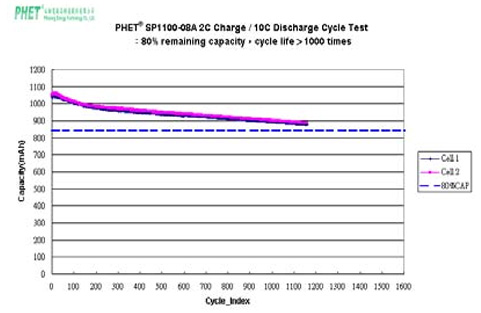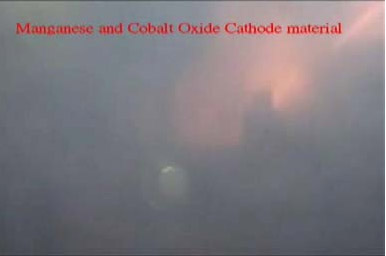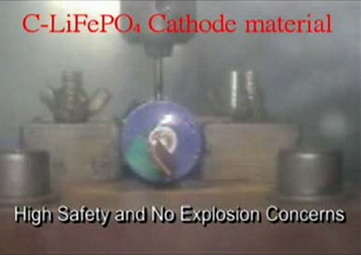DOSBAS® Introduction
Cell Performance
In the development history of lithium ion battery cells, both cylindrical and prismatic cells are mass produced for commercial applications in camcorders, cellular phones and notebook computers. More recently, many pilot projects have been launched for the tests of large format lithium ion cells in HEV and EV applications. Nevertheless, there has been no official report for the inauguration of commercial implementation of technology up to date. The rationale may be the concerns for the safety and reliability of large format cells are still needed to be completely studied and verified before any decision can be made for the technology. On the contrary, the production technology for the standard 18650 cells has been widely accepted as the mature technology for small format implementation. In the mean time, standard 18650 cells based upon C-LiFePO4 chemistry have been successfully mass produced by a handful of manufacturers in the world.
For example, Fig. 1 illustrates the remained capacity versus cycle number on standard 18650 cells mass-produced by PHET Co. in Taiwan; and, the test data were measured under 2C charge and 10C discharge conditions. It is noted that the standard 18650 cells can survive more than 1,100 cycles even under high rate of discharge conditions. Under standard battery test requirements, nail-penetration test was adopted for benchmark of the standard 18650 cells in LiCoO2 chemistry. The results are shown in Fig. 2 with heavy smoke and flame after the test. On the contrary, the same test conducted on the C-LiFePO4 cells shows that little smoke and no flame was observed as shown in Fig. 3.
 |
|
| Figure 1 Cycle test results on the lab bench for standard 18650 format cells conducted under 2C charge/10C discharge conditions; the blue dotted line is the 80 % SOC line. | |
 |
 |
| Figure 2 Photographic picture of nail-penetration test on a standard 18650 cell | Figure 3 Photographic picture of nail-penetration test on a standard 18650 cell made of C-LiFePO4 chemistry; little smoke and no flame being observed. |



